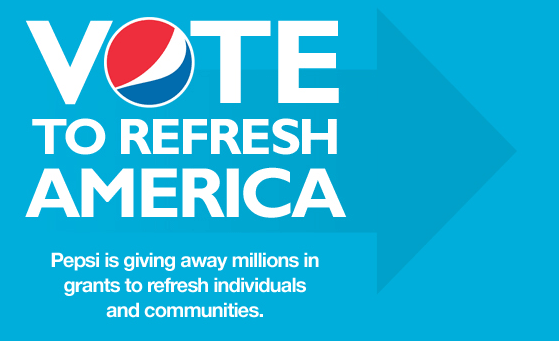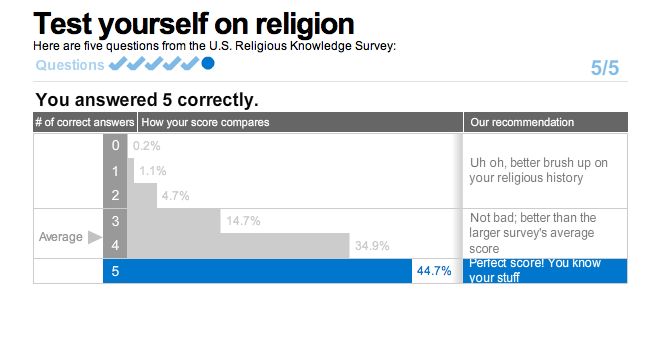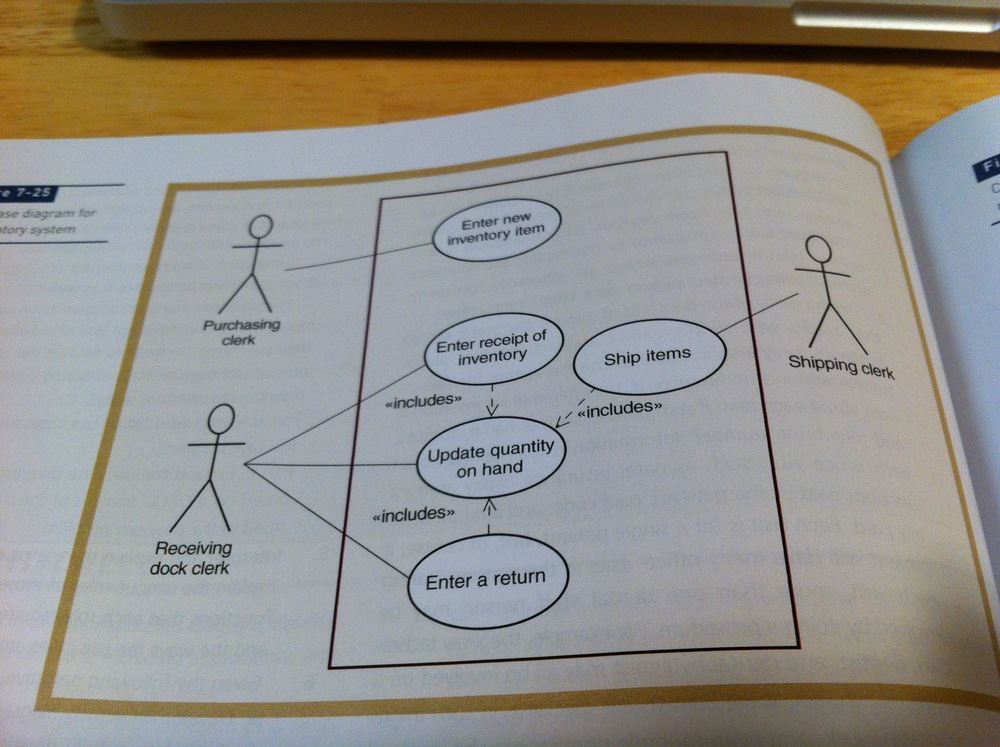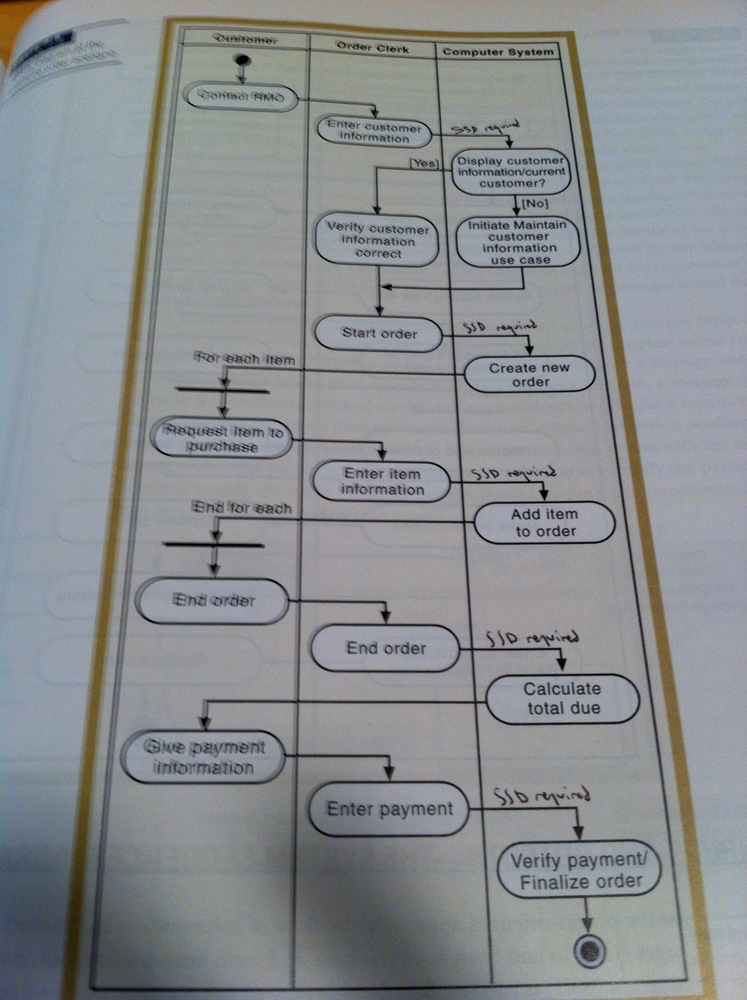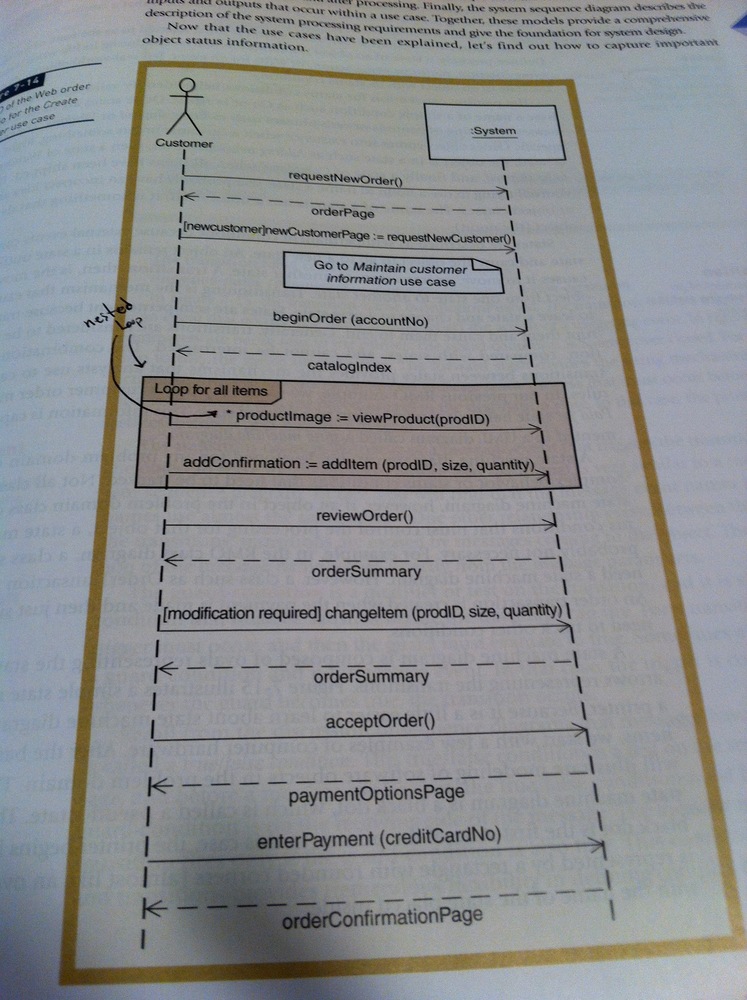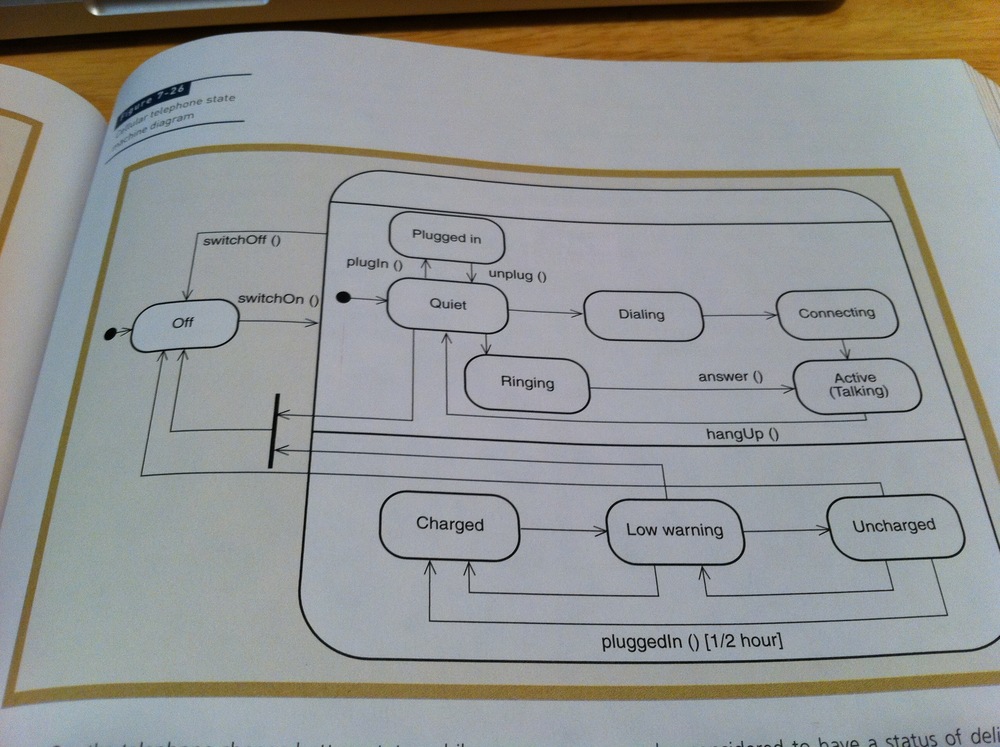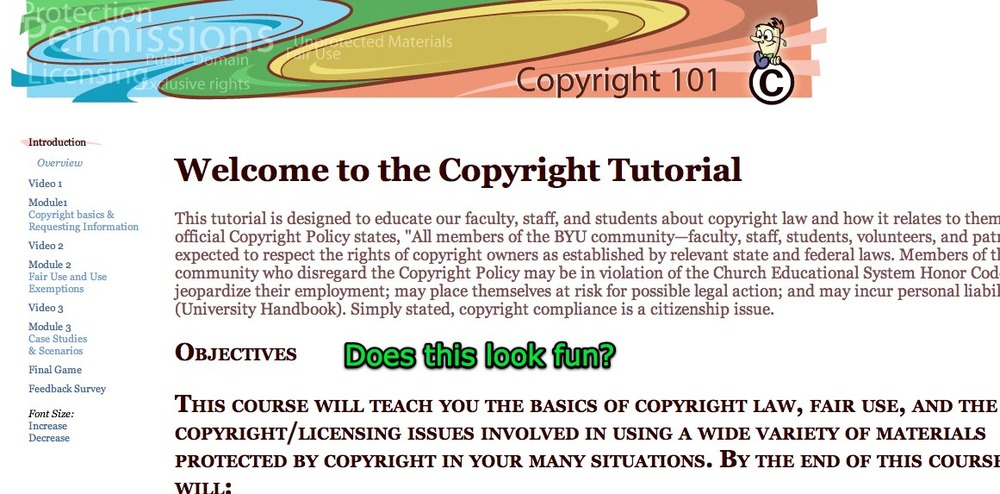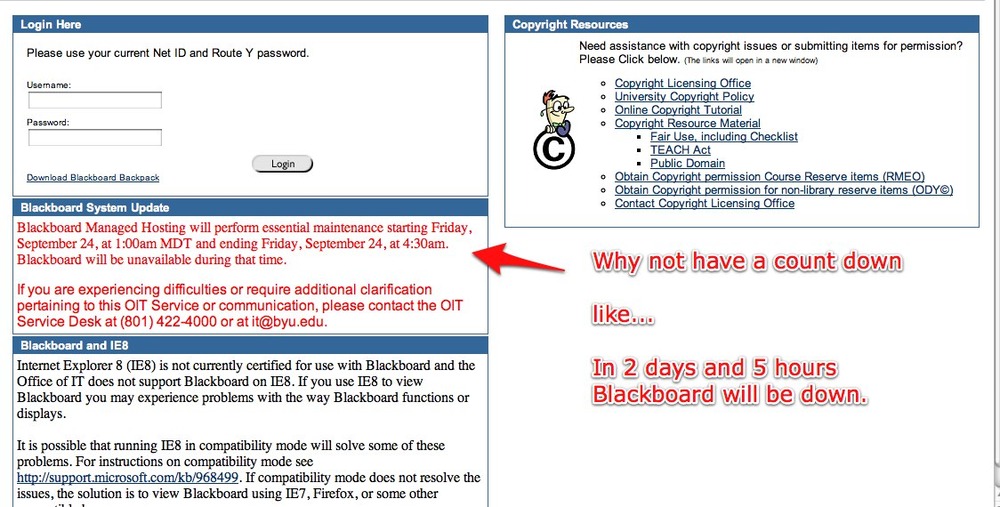Uncategorized
Can I ask a favor? Text 100842 to 73774
My little cousin has Rett's disease. Right now, a project to fund a cure for her disease is on the Pepsi refresh project. If it is #1 (which it is right now) the search for the cure will get $250,000 dollars.
Could you text 73774 to 100842?
This will vote to give $250,000 to the search for a cure for her from Pepsi's refresh project. Takes like maybe 15 seconds. 3 seconds if your a good texter. Thanks.
You can also click below to vote on the site (2 votes per day).
Click Here to VOTE NOW
Thanks so much.
What I read today…
Phys Ed: Can Exercise Make Kids Smarter?
| Effective Decision Making and the Rule of 7 |
Once you've got 7 people in a decision-making group, each additional member reduces decision effectiveness by 10%, according to Marcia W. Blenko, Michael C. Mankins, and Paul Rogers, authors of Decide & Deliver: 5 Steps to Breakthrough Performance in Your Organization. Thus, a group of 17 or more rarely makes any decisions.
Why We’re REALLY Graduating From College Without JobsI don't agree with everything here, but it brings up some great points.
|
What I read today…
Phys Ed: Can Exercise Make Kids Smarter?
| Effective Decision Making and the Rule of 7 |
Once you've got 7 people in a decision-making group, each additional member reduces decision effectiveness by 10%, according to Marcia W. Blenko, Michael C. Mankins, and Paul Rogers, authors of Decide & Deliver: 5 Steps to Breakthrough Performance in Your Organization. Thus, a group of 17 or more rarely makes any decisions.
Why We’re REALLY Graduating From College Without JobsI don't agree with everything here, but it brings up some great points.
|
My password is ***********
Reading about Information Security for a class I came across a section in the textbook that said this,
Object Oriented Diagram Explosion!
Op-Ed Columnist – Their Moon Shot and Ours – NYTimes.com
China is doing moon shots. Yes, that’s plural. When I say “moon shots” I mean big, multibillion-dollar, 25-year-horizon, game-changing investments. China has at least four going now: one is building a network of ultramodern airports; another is building a web of high-speed trains connecting major cities; a third is in bioscience, where the Beijing Genomics Institute this year ordered 128 DNA sequencers — from America — giving China the largest number in the world in one institute to launch its own stem cell/genetic engineering industry; and, finally, Beijing just announced that it was providing $15 billion in seed money for the country’s leading auto and battery companies to create an electric car industry, starting in 20 pilot cities. In essence, China Inc. just named its dream team of 16-state-owned enterprises to move China off oil and into the next industrial growth engine: electric cars.

Josh Haner/The New York Times
Thomas L. Friedman
Not to worry. America today also has its own multibillion-dollar, 25-year-horizon, game-changing moon shot: fixing Afghanistan.
This contrast is not good. I was recently at a Washington Nationals baseball game. While waiting for a hot dog, I overheard the conversation behind me. A management consultant for a big national firm was telling his colleagues that his job was to “market products to the Department of Homeland Security.” I thought to myself: “Oh, my! Inventing studies about terrorist threats and selling them to the U.S. government, is that an industry now?”
We’re out of balance — the balance between security and prosperity. We need to be in a race with China, not just Al Qaeda. Let’s start with electric cars.
The electric car industry is pivotal for three reasons, argues Shai Agassi, the C.E.O. of Better Place, a global electric car company that next year will begin operating national electric car networks in Israel and Denmark. First, the auto industry was the foundation for America’s manufacturing middle class. Second, the country that replaces gasoline-powered vehicles with electric-powered vehicles — in an age of steadily rising oil prices and steadily falling battery prices — will have a huge cost advantage and independence from imported oil. Third, electric cars are full of power electronics and software. “Think of the applications industry that will be spun out from electric cars,” says Agassi. It will be the iPhone on steroids.
Europe is using $7-a-gallon gasoline to stimulate the market for electric cars; China is using $5-a-gallon and naming electric cars as one of the industrial pillars for its five-year growth plan. And America? President Obama has directed stimulus money at electric cars, but he is unwilling to do the one thing that would create the sustained consumer pull required to grow an electric car industry here: raise taxes on gasoline. Price matters. Sure, the Moore’s Law of electric cars — “the cost per mile of the electric car battery will be cut in half every 18 months” — will steadily drive the cost down, says Agassi, but only once we get scale production going. U.S. companies can do that on their own or in collaboration with Chinese ones. But God save us if we don’t do it at all.
Two weeks ago, I visited the Coda Automotive battery facility in Tianjin, China — a joint venture between U.S. innovators and investors, China’s Lishen battery company and China National Offshore Oil Company. Yes, China’s oil company is using profits to develop batteries.
Kevin Czinger, Coda’s C.E.O., who drove me around Manhattan in his company’s soon-to-be-in-production electric car last week, laid out what is going on. The backbone of the modern U.S. economy was locally made cars powered by locally produced oil. It started us on a huge growth spurt. In recent decades, though, that industry was supplanted by foreign-made cars run on foreign oil, so “now every time we buy a car we’re exporting $15,000 of capital, paying for it with borrowed money and running it on foreign energy sources,” says Czinger. “We’ve gone from autos being a middle-class-making-machine to a middle-class-destroying-machine.” A U.S. electric car/battery industry would reverse that.
The Coda, 14,000 of which will be on the road in California over the next year and can travel 100 miles on one overnight charge, is a combination of Chinese-made batteries and complex American-system electronics — all final-assembled in Oakland (price: $37,000). It is a win-win start-up for both countries.
If we both now create the market incentives for consumers to buy electric cars, and the plug-in infrastructure for people to drive them everywhere, it will be a win-win moon shot for both countries. The electric car industry will flourish in the U.S. and China, and together we’ll tackle the next challenge: using auto battery innovations to build big storage batteries for wind and solar. However, if only China puts the gasoline prices and infrastructure in place, the industry will gravitate there. It will be a moon shot for them, a hobby for us, and you’ll import your new electric car from China just like you’re now importing your oil from Saudi Arabia.
I love this article. Read it. Think about it.
Copyright Confusion

This work is licensed under a Creative Commons Attribution-ShareAlike 3.0 Unported License
Copyright Confusion

This work is licensed under a Creative Commons Attribution-ShareAlike 3.0 Unported License
Cleaner Info Please
Blackboard (which I can't stand) recent posted this message.
